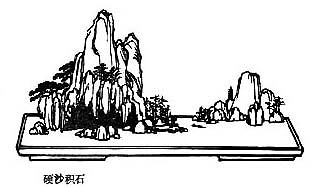Sun Zi 
 – L'Art de la guerre
– L'Art de la guerre
La stratégie chinoise ou comment s'informer, estimer, diviser, détourner, tromper, et vaincre « sans coup férir ». Tr. Amiot (fr) et Giles (en).
Des propositions de la victoire et de la défaite
Sunzi III. 12.
I. Imposer des ordres pris en Cour selon le bon plaisir du prince. Rendre les officiers perplexes en dépêchant des émissaires ignorant les affaires militaires.
Amiot
1) By commanding the army to advance or to retreat, being ignorant of the fact that it cannot obey. This is called hobbling the army.1
Giles III.13.

L'Art de la guerre – Sun Zi III. 12. – Chinois off/on – Français/English
Alias Sun Tzu, Sun Wu, Sun Tse, Sunzi Bingfa, Souen Tseu, Souen Wou, 孫武.
Le Canon des Poèmes, Les Entretiens, La Grande Étude, Le Juste Milieu, Les Trois Caractères, Le Livre des Mutations, De la Voie et la Vertu, 300 poèmes Tang, L'Art de la guerre, Trente-six stratagèmes
Bienvenue, aide, notes, introduction, table.
Index – Contact – Haut de page
